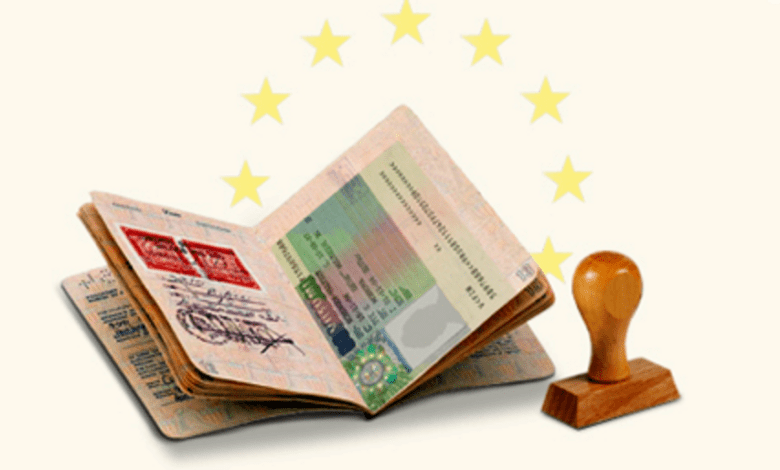Stamps are a thing of the past: the Schengen area is preparing to launch the digital border control system EES

The Schengen area, which covers most of the countries of the European Union, has long been associated with open borders, freedom of movement and convenience for travelers. However, the control over the entry and exit of citizens of third countries to the Schengen area was still accompanied by physical stamping of passports. This procedure is gradually becoming a thing of the past: it should be replaced by a new digital Entry/Exit System (EES), designed to modernize border control and at the same time strengthen security.
A new stage of border control: what is EES
The Council of the EU and the European Parliament have reached a preliminary agreement on the gradual launch of the EES — an automated system for registering border crossings by citizens of third countries. This system should completely replace the practice of putting stamps in foreign passports. About this reported on the EU website.
The idea to introduce EES was adopted back in 2017, but its implementation was repeatedly postponed. The latest deadline – 2024 – was also not met due to the technical unpreparedness of countries such as Germany, France and the Netherlands. Taking this into account, the European Commission proposed a new approach — not a one-time implementation, but a gradual transition to digital control.
Under the new plan, EU member states will have a six-month transition period during which passports will still be stamped manually. After completing this phase, the EES system should be fully operational. However, the date of its launch has not yet been determined – it must be officially established by the European Commission. The agreement between the Council of the EU and the European Parliament is still only preliminary and requires final approval by both institutions.
How EES will work
EES will not only register the fact of entry and exit from the Schengen zone, but also collect biometric data of those who cross the border, including fingerprints and facial images. This will allow European authorities to have real-time access to the personal data of non-EU citizens and track their travel history. Thanks to this, control over compliance with the permitted period of stay will become more accurate and reliable.
The Council of the EU believes that the EES system will significantly reduce the risks of document fraud and overstay abuse. In addition, digital accounting will allow prompt identification of violators and will reduce the administrative burden on border guards.
Will EES reduce queues
Despite promises of effectiveness, the adoption of EES raises concerns. There have already been warnings in the media and on the part of individual governments — in particular Great Britain — that instead of speeding up procedures, the system could cause queues to grow. This is especially relevant for airports and large land checkpoints.
The draft regulation provides that in case of excessive load, EU countries will be able to temporarily disable the system if the flow of people causes an unacceptably long waiting time. This provision indicates recognition of the technical and logistical challenges that may accompany the transition to a new control model.
The implementation of the EES system is part of a broader strategy for the digitalization of EU borders. It has the potential to make travel safer and more transparent. At the same time, its implementation will require time, resources and the willingness of individual member states to adapt their infrastructure. For refugees, this will mean changing the usual procedures: instead of a stamp – scanning, instead of queuing at the border guard – digital data processing. How quickly and conveniently this will happen will depend on how effectively the new system will be established.





